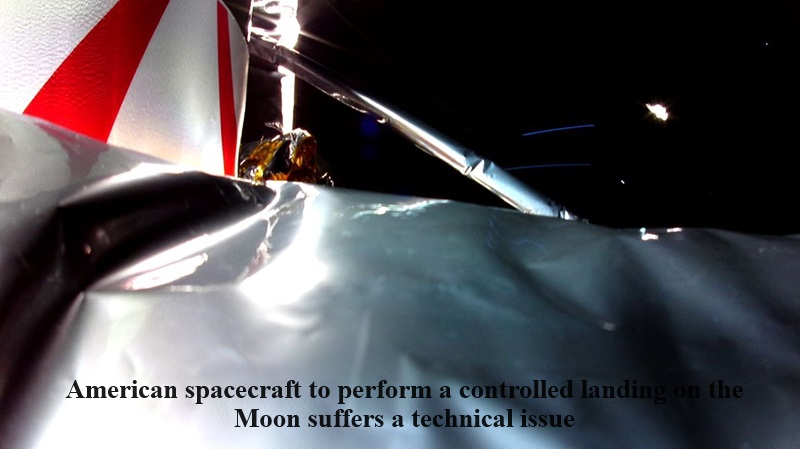
An American spacecraft launched from Cape Canaveral, Florida, with the goal of achieving a controlled landing on the Moon is now facing a critical setback. The private mission, aimed at placing the first robot on the lunar surface in five decades, encountered a “critical loss” of fuel, casting doubt on its success.
The Astrobotic’s Peregrine Lunar Lander, affixed to United Launch Alliance’s new Vulcan rocket, embarked on its historic journey from Cape Canaveral Space Force Station. After a successful detachment from the launch vehicle, the mission faced technical challenges, starting with the inability of Peregrine to align its solar panel with the Sun due to a propulsion system malfunction. This hindered the lander’s ability to charge its onboard battery.
Astrobotic, the company leading the mission, confirmed the occurrence of an “anomaly” a few hours post-launch, preventing the stable positioning of solar panels toward the Sun. The company reported that, after separating from the Vulcan rocket, Peregrine transmitted telemetry through the NASA Deep Space Network. Astrobotic’s avionics systems, encompassing the primary command and data handling unit, as well as thermal, propulsion, and power controllers, functioned as expected. Following the activation of propulsion systems, Peregrine entered a safe operational state.
This development is a significant blow to the United States’ aspirations of lunar exploration, with hopes pinned on the success of this private mission. The Peregrine Lunar Lander, designed for controlled lunar landings, now faces uncertainties, raising questions about the future of the mission and the exploration goals set for the Moon.

Post Your Comments